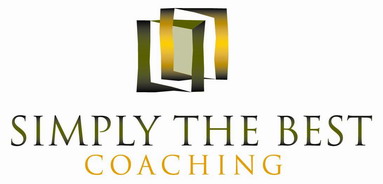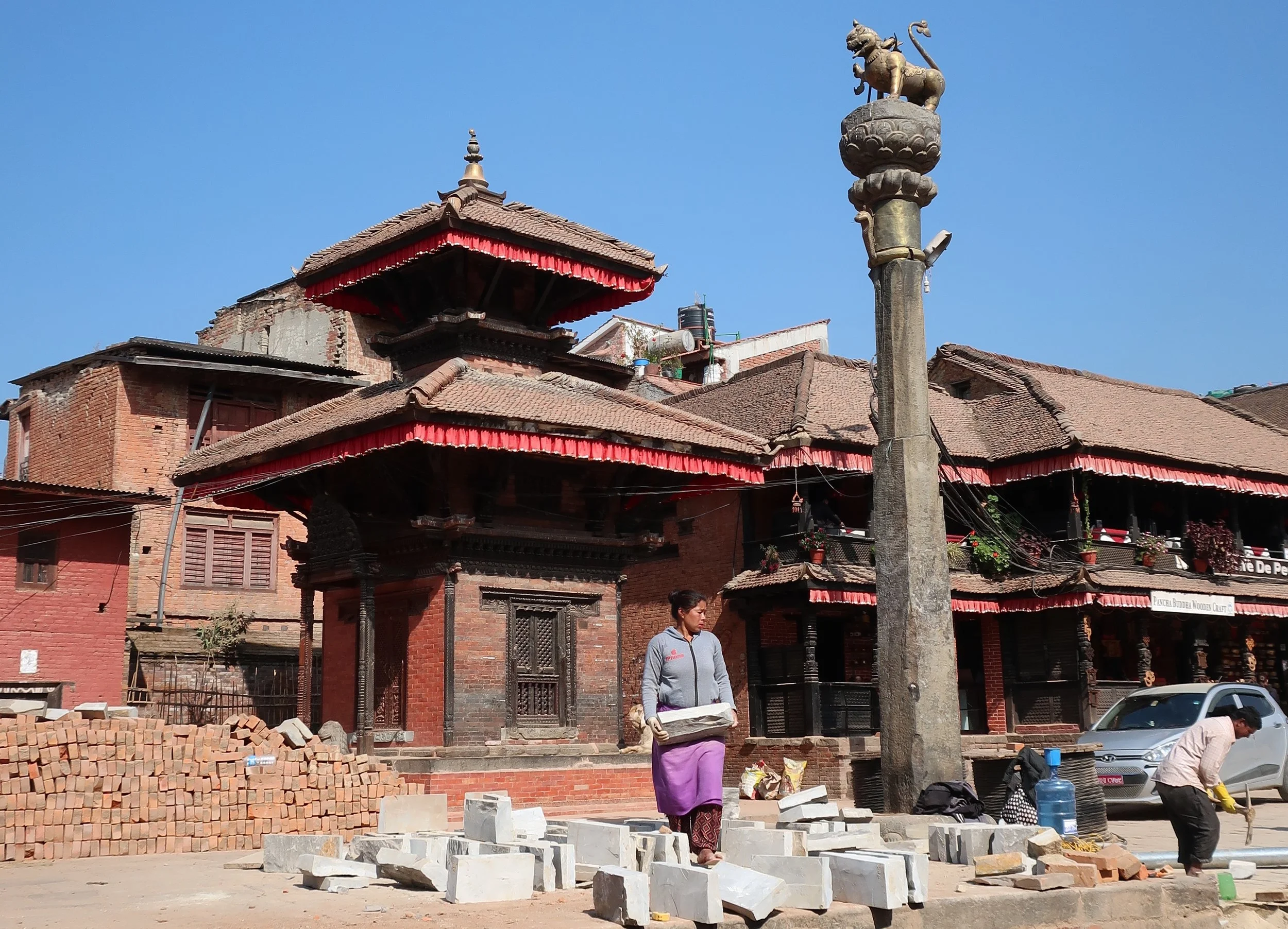Resilence in the Rubble
/When So Much Seems Lost
You never know how strong you are until being strong is the only choice you have.
On a memorable trip to Nepal I witnessed the results of resilience in the people of this small country with 8 of the 14 highest peaks on Planet Earth. Their resilience seems to be grounded in their way of responding to changes in their natural environment rather than just reacting.
In 2015 a deadly earthquake with a magnitude of 7.8 stuck Nepal, killing nearly 9,000 people and injuring almost 22,000 in Nepal. This earthquake triggered an avalanche on Mount Everest, killing 21 and making April 25, 2015 the deadliest day on the mountain in history.
Hundreds of thousands of Nepalese suddenly were homeless. Entire villiages were flattened. Centuries-old buildings were destroyed at UNESCO World Heritage Sites.
In response to this devastating destruction Nepalese leaders wisely tapped into the natural strength of a people whose nation includes 25 different ethnic groups. That strength is their Resilience.
Past and current generations of Nepalese view the earth as a place where nothing is permanent. In the aftermath of the quake Nepalese resilience expressed itself in rebuilding, repairing and restoring what had been destroyed or damaged.
Wisely, leaders tapped into this strength of the Nepalese people to coalesce their individual and collective efforts into a national focus and way of engaging: “Resilience in the Rubble.”
3 years later the Nepalese continue to labor diligently in the repair and restoration of brick and wooden homes, temples, palaces and other buildings. For them “Resilience in the Rubble” is more than a shared endeavor. The Nepalese embody resilience as a natural way of being — fortifying them for more hard work still to be done.
The quiet diligence evident in this inclusive culture shows us that human resilience can lead to positive responses when we experience sudden, exceedingly destructive, and tragic events along with formidable disruptive challenges. The question is…




